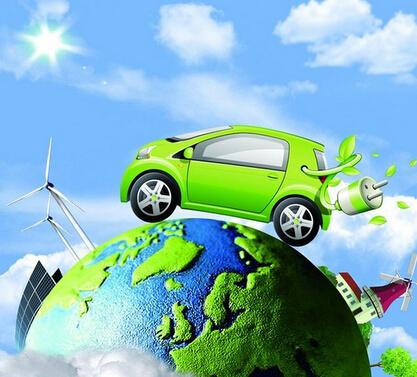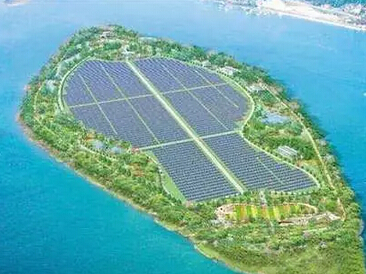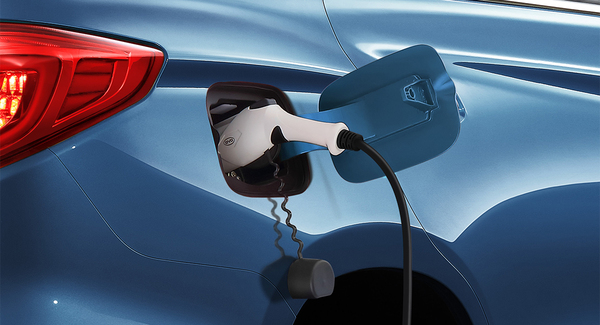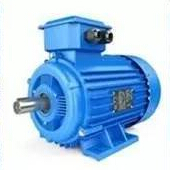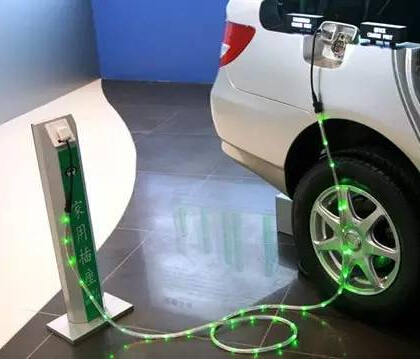Spring is coming to the autumn, the summer is over, the hot summer is coming to an end, and the cool autumn is coming. In the days of alternating seasons, the “cold wave” encountered by new energy vehicles is particularly eye-catching.
According to data from the Association, the sales of new energy vehicles in China experienced a cliff-like decline in July this year. The wholesale sales of pure electric vehicles was only 68,800 units, down 4.2% year-on-year, and the drop was as high as 48%. From the data point of view, there was a “quick brake” in the new energy vehicles in July.

Such a serious decline is rare in the past car market. Has the new energy vehicle market, which has been leading the auto market in the past few years, to a turning point? Is there a future for new energy vehicles? A series of questions has become a topic of general concern for all practitioners in the field of new energy vehicles.
No. 1
Poor car environment
The decline in car sales is not a big news. Since July last year, the words "car market winter" have appeared frequently in everyone's field of vision. In the same month, China's automobile production was 2.0428 million units, down 10.78% from the previous month and down 0.66% year-on-year; sales were 1.8891 million units, down 16.91% from the previous month and down 4.02% from the same period last year. This is the first time that China's auto industry has experienced negative growth after 28 years of sustained growth.

After 13 months, the car sales have steadily declined, and after the monthly sales of various car companies are released, there will be a mourning. Recently, the China Association of Automobile Manufacturers released economic operations. From January to July, the production and sales of automobiles were 13.393 million and 14.132 million, respectively. The production and sales decreased by 13.5% and 11.4% respectively over the same period of last year. The current cold weather in the industry continues.

Under the situation that the overall automobile market continues to be cold, new energy vehicles naturally cannot escape this wave of “cold wave”. However, new energy vehicles and traditional vehicles cannot be generalized. New energy vehicles are energy-saving and environmentally friendly, and consumer groups are quite different from traditional automobile consumer groups. Despite the negative growth in sales of new energy vehicles in July, data continued to grow in the first half of the year. From January to July this year, the wholesale of new energy passenger vehicles was 645,000 units, a year-on-year growth rate of 53.7%; the cumulative sales volume from January to July was 635,000 units, a year-on-year increase of 54.9%.
The poor car environment is the key factor affecting the rapid growth of new energy vehicle sales, and will not directly lead to a decline in sales of new energy vehicles. As for the last straw to crush new energy vehicles, it is necessary to cancel the subsidy policy.
No. 2
Day without subsidies
The history of the development of China's new energy vehicles over the past decade can be described by four words of barbaric growth. Since the national pilot new energy vehicle subsidy policy in 2009, both traditional car companies and so-called new Internet-powered vehicles have joined the new energy-building army. Numerous manufacturers have shouted slogans such as innovative technology, overtaking, high-efficiency and environmental protection, and began to build their cars.
In the context of such brutal growth, we have witnessed the birth of electric vehicles from birth to growth. With the breakthrough of technology, the cost and density of new energy vehicle batteries have been effectively improved, and vehicle manufacturing is gradually approaching the industry leader of Tesla. However, the new energy vehicle market is too complicated. Some automakers are motivated to provide clean and efficient travel vehicles for human beings, while others only resort to high-value state subsidies for self-production and sales.

In order to clear the industry's cancer and combat the hurricane of the industry, the country has gradually tightened the subsidy policy in recent years. On March 26 this year, the most stringent subsidy policy in history has been born. The passenger vehicle sector will cancel the subsidies for pure electric products with a life of less than 250 kilometers. The bicycle subsidy for the battery life of 250-400 kilometers will be reduced to 18,000 yuan. The subsidy for 400 km of pure electric products will also fall by 50% year-on-year.

New energy vehicles have been thriving on subsidies. As new energy vehicles adopt new technologies, ternary lithium batteries, lithium iron phosphate batteries and battery safety control systems all require a lot of research and development costs. The cost of new energy vehicles is always higher than that of the same grade fuel vehicles. With financial subsidies, new energy vehicles have a price/performance ratio and compete with fuel vehicles. Now that the subsidies have been reduced or even canceled, those new energy vehicles without technical content have died in an instant, and the sales of new energy-efficient new energy vehicles have also dropped significantly. The latest subsidy policy came into effect on June 26, and the sales of new energy vehicles immediately changed from growth to decline in July, which is enough to illustrate the influence of subsidy policies.
No. 3
Where is the future?
Is there a future for new energy vehicles? The answer is yes. According to the World Bank, transportation accounts for about one-fifth of global carbon dioxide emissions. Governments have been pushing auto companies to improve fuel efficiency and reduce carbon dioxide emissions. In the long run, new energy vehicles have a bright future.

However, narrowing the timeline to recent years, the days of new energy vehicles seem to be not good. On the one hand, the sales volume of new energy vehicles has declined, and on the other hand, the safety of new energy vehicles has also been questioned. Since the beginning of the year, new energy vehicles have been ignited by spontaneous fire accidents. Tesla, Weilai, Jianghuai and other brands have been shot. The public has also begun to question the safety of new energy vehicles. The panic has spread among car buyers.

In addition, the cruising range of new energy vehicles has always been a problem. After years of development, the automotive lithium battery has made great progress, and finally approached the level of ordinary car and half tank oil in terms of cruising range. Unfortunately, due to the limited nature of battery materials, the current level is already the limit of lithium batteries. If you want to make progress, you have to count on creative breakthroughs in the laboratory.

From the current technology point of view, although new energy products are developing rapidly, they still cannot be compared with fuel vehicles. Whether it's battery life, safety or price, traditional fuel vehicles are more suitable for consumers. New energy vehicles occupy a "new" word, and the road to the future is to make a fuss about innovation. Companies such as Tesla have begun to develop autonomous driving technology, and solid oxide fuel cells have also made breakthroughs. Domestic new energy auto companies should step up to catch up with innovation, enhance product value, and upgrade technology to reduce costs. The problem of mileage, charging time, battery life and other issues will be solved through technological innovation, and the spring of new energy vehicles will come true!
















 RCCN WeChat QrCode
RCCN WeChat QrCode Mobile WebSite
Mobile WebSite